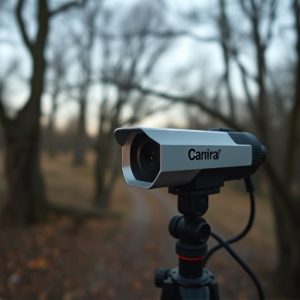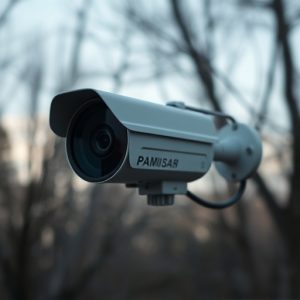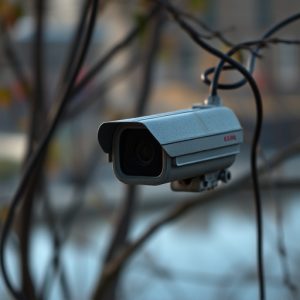Unveiling Apartment Surveillance: A Guide to Wireless Hidden Camera Tactics
Wireless hidden cameras for apartments have become a prevalent tool for both landlords and tenants,…….
Wireless hidden cameras for apartments have become a prevalent tool for both landlords and tenants, offering 24/7 monitoring solutions tailored to various needs. These devices range from miniature to advanced models with features like night vision, motion sensors, and audio capabilities. Through smartphone apps or web interfaces, users can remotely access live feeds, enhancing security and peace of mind. Despite their discreet design and deterrence factor, ethical considerations balance the benefits against potential privacy violations. Responsible use ensures optimal surveillance while respecting tenant privacy.
Counter surveillance sweeps in apartments have become essential tools for ensuring privacy and security. With an increasing prevalence of wireless hidden cameras—ranging from miniature CCTV devices to advanced thermal imaging technology—understanding how to detect these covert systems is crucial. This guide delves into the professional methods behind counter surveillance sweeps, covering everything from identifying potential hidden camera locations to employing advanced detection techniques like infrared and EMF scanners. By following these steps, you can ensure a thorough and legal sweep, safeguarding your apartment against unwanted intrusion.
- Understanding Wireless Hidden Cameras
- – Types of wireless hidden cameras
- – Their benefits and limitations
Understanding Wireless Hidden Cameras
Wireless hidden cameras have become a common tool in surveillance, especially in apartments and rental properties. These compact, battery-powered devices can be easily installed and hidden, making them a significant concern for tenants and landlords alike. Understanding their capabilities is crucial for both parties to ensure privacy and security.
Apartment managers often use wireless hidden cameras as a preventative measure, placing them in common areas or suspected problem spots to deter criminal activity. For tenants, recognizing the potential presence of these devices can empower them to take measures to protect their personal space. This includes being mindful of seemingly unusual fixtures or objects that could be camera setups and considering the installation of counter-surveillance equipment to maintain privacy.
– Types of wireless hidden cameras
Wireless hidden cameras have become a prevalent tool in counter surveillance, offering discreet and effective monitoring solutions. In apartments, these devices are particularly useful to ensure tenant safety and property security. There are several types designed for various purposes, each with unique features. For instance, miniature cameras disguised as everyday objects like smoke detectors or light switches provide nearly invisible surveillance. More advanced models feature night vision capabilities, IR lighting, and motion sensors, allowing for 24/7 monitoring.
Another category includes wireless hidden cameras with audio capabilities, enabling two-way communication and sound recording. These can be strategically placed to detect and deter potential intrusions or to gather evidence of suspicious activities within the apartment complex. With the rise of smart home technology, some devices sync seamlessly with existing home networks, allowing users to access live feeds from their smartphones or computers remotely. This real-time monitoring is a significant advantage for professionals conducting surveillance sweeps in apartments.
– Their benefits and limitations
Wireless hidden cameras for apartments offer a range of benefits for both homeowners and professionals, such as enhanced security, peace of mind, and improved property protection. These devices can be easily installed, allowing users to monitor their spaces remotely via smartphone apps or web interfaces. Their discreet nature makes them an effective deterrent against potential intruders without significantly altering the aesthetics of a space. Furthermore, wireless cameras often come with motion detection features, HD video quality, and night vision capabilities, providing comprehensive surveillance solutions.
However, there are limitations to consider. Wireless hidden cameras may face connectivity issues due to network limitations or interference, affecting their real-time monitoring capabilities. Additionally, some models have shorter battery life or require frequent manual recharging, which could impact their continuous surveillance performance. Privacy concerns also arise, as improper placement or lack of awareness about the camera’s presence could violate the privacy rights of occupants or visitors. It’s crucial to balance the benefits against these limitations and use wireless hidden cameras ethically and responsibly.
In today’s digital age, staying informed about potential threats like Wireless Hidden Cameras for Apartments is paramount for maintaining privacy. Understanding the diverse types, their advantages and drawbacks, empowers individuals to make informed decisions regarding security. By adopting proactive measures outlined in this guide, you can effectively conduct counter surveillance sweeps, ensuring a safer living or working environment. Remember that knowledge is the first step towards safeguarding your personal space.


